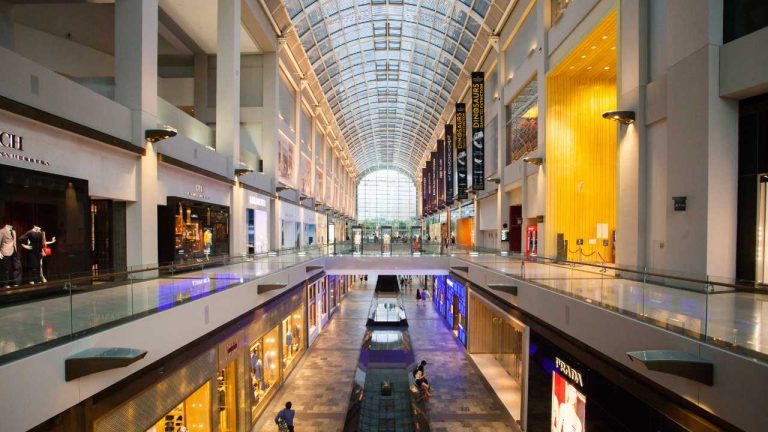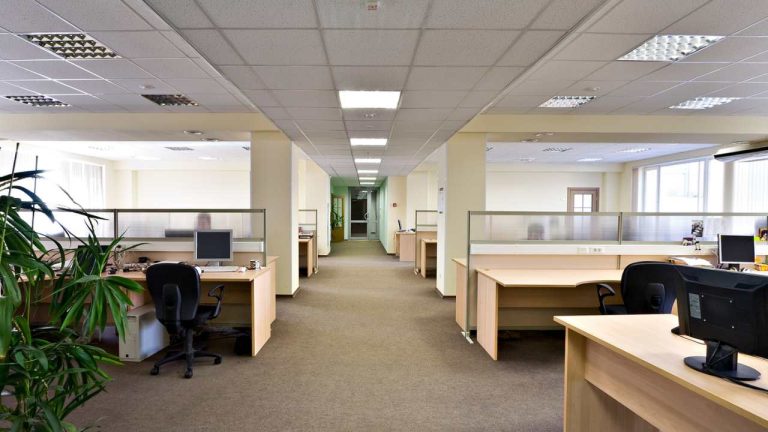Commercial Real Estate Leasing – 10 Ways to Prevent High Vacancy Factors and Tenant Turnover
Many commercial property managers and leasing managers don’t spend enough time on tenant management and communication, only to soon find that they have an upcoming vacancy or a building that is underperforming from a rent and occupancy perspective.
There is a strong link between tenant encouragement, communication, property performance, and landlord involvement. At the base of everything sits the tenants in occupation, and their respective businesses. Without good tenants in occupation, the property suffers in so many different ways.
Set up a Tenant Management System
Here are some ideas to help you consolidate your tenants within a commercial property, and improve the occupancy over time:
- Address vacancy issues in advance – Don’t wait for a tenant to tell you that they are leaving a property. Connect with them regularly so you know when they are thinking of leaving and why that may be the case. Perhaps you can offer some inducement to them to stay at lease end.
- Understand the lease dates – A property or premises lease will be full of lease dates, critical dates and response requirements. Capture all of those dates by reading through the leases and extracting the dates into some diary calendar system.
- Read all leases comprehensively – Expect all leases to be different. Read all the leases in your managed or leased property. Understand how those documents work and why that is the case. There will be a degree of lease ‘policing’ to keep tenants and occupancy matters under control. Know the leases and what they say about tenant occupancy.
- Permitted use – Don’t let a tenant vary from the permitted use detailed in their lease. You can check that out when you undertake regular property inspections.
- Talk to tenants and meet with them – A regular meeting with all of your tenants will allow you to understand any pressures or issues impacting occupation or business viability. Ask direct questions and track the feedback that you get.
- Look at tenant viability – Some business segments will be under pressure due to shifts in the economy and community. Watch how those things happen in your location and your city. When a business segment is slowing, it is time to talk to your tenants.
- Establish a tenant retention plan – Determine who your top tenants are and how you can keep them. Set up a tenant retention plan for that very purpose
- Maintain the property – If a property is not well maintained it is likely that you will lose tenants over time.
- Segment tenants to short and long term – Some tenants should remain in the property for the long term given that they may give the property and its performance some value and stability.
- Look at rental structures and market rents – Are you in parity to the prevailing market conditions? Do a market rent assessment quarterly to see what is happening to lease supply, rental structures, incentives, and vacancy rates.
- Track rent reviews, options, and lease termination dates – These are the factors of change in any tenant mix. Work through the dates of all tenant leases, and put the important dates into a calendar where you can act early on issues coming up.
So there are some special things that you can do here to retain tenants in your managed and leased property. In establishing these things, you can prevent a high turnover of tenants in a multi tenanted commercial or retail building.







